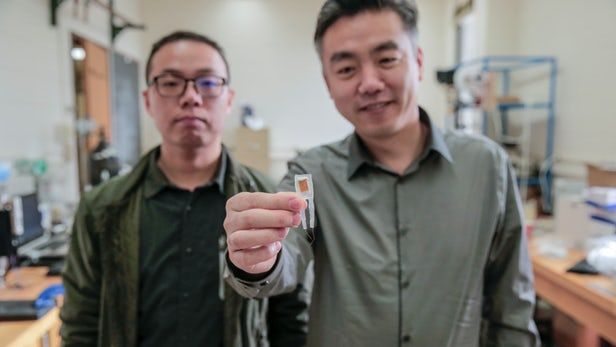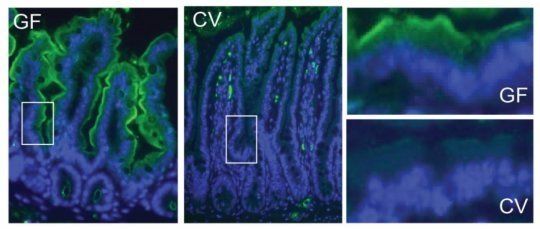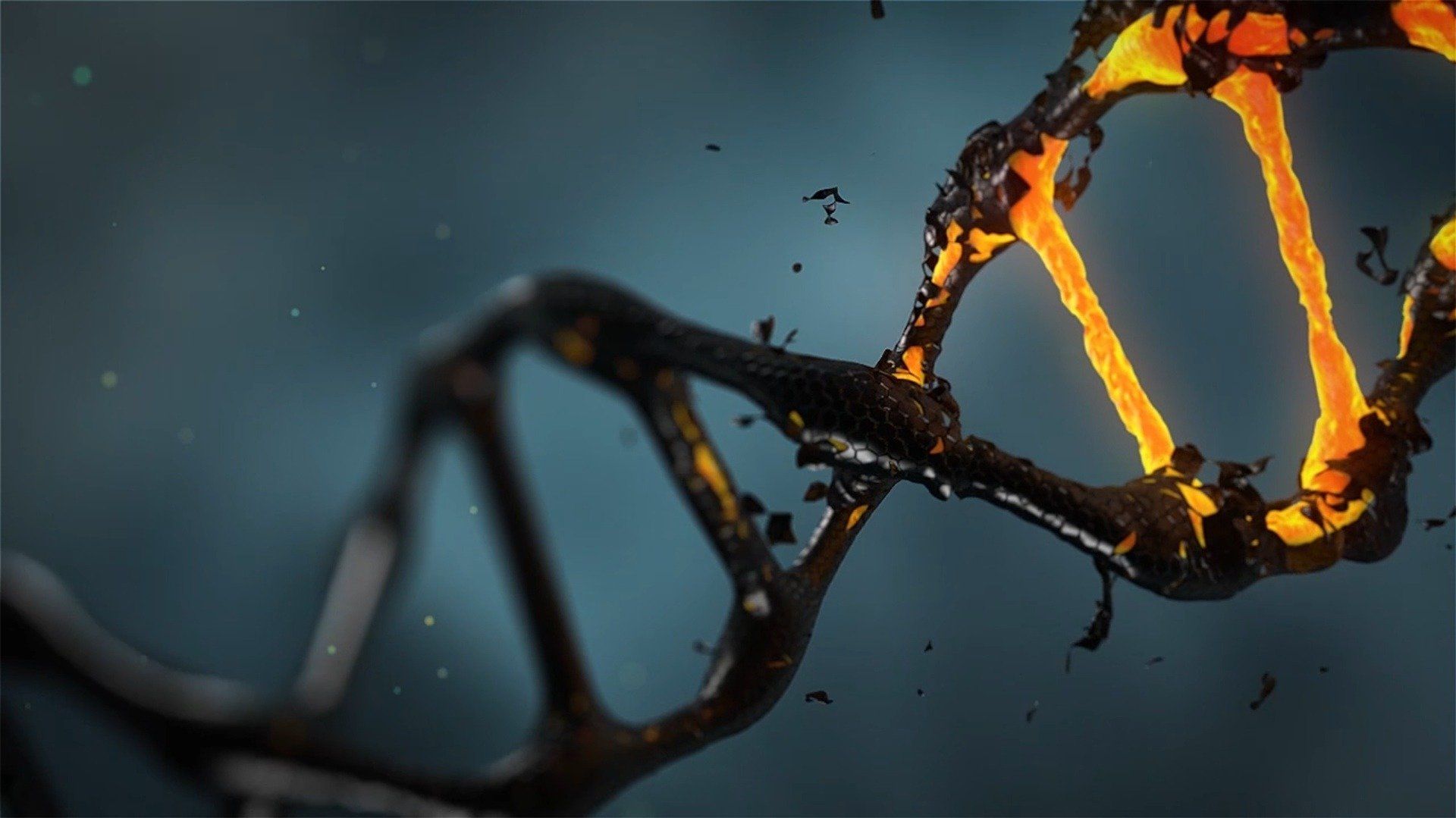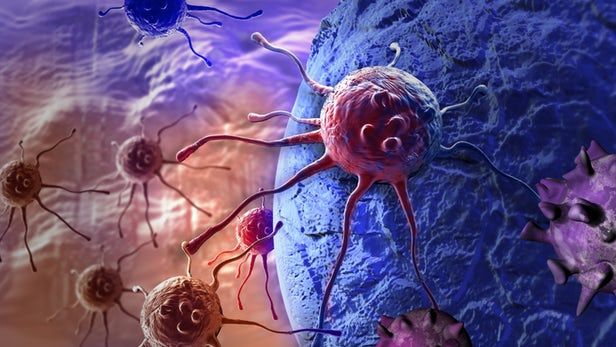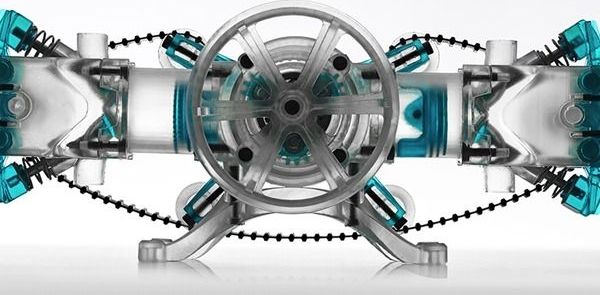Page 8827
Dec 18, 2018
Man set for world’s first head transplant cancels surgery after falling in love
Posted by Mary Jain in categories: biotech/medical, ethics
Earlier posts in Lifeboat followed this research… From what I understand, Italy decided to no longer host the surgery because of opposition by ethics committees, not his research or methods.
Disabled Valery Spiridonov, 33, was ready to have his neck severed by Professor Sergio Canavero — dubbed ‘Dr Frankenstein’ — and his head reattached to a new, healthy body.
Dec 18, 2018
New Horizons spacecraft takes the inside course to Ultima Thule
Posted by Genevieve Klien in category: space
With no apparent hazards in its way, NASA’s New Horizons spacecraft has been given a “go” to stay on its optimal path to Ultima Thule as it speeds closer to a Jan. 1 flyby of the Kuiper Belt object a billion miles beyond Pluto – the farthest planetary flyby in history.
Dec 18, 2018
The Tesla Model 3 ‘Superbottle’ Easter Egg Is a Fascinating Packaging Solution
Posted by Genevieve Klien in categories: engineering, sustainability, transportation
By many accounts, the Tesla Model 3 is a great car. Sure, it’s needed some work on the body and on fit and finish, but there’s lots of cool engineering behind Tesla’s highest volume offering, including the “Superbottle,” an awesome packaging solution for the cooling system that contains a fun little easter egg.
Last week, I stopped by Munro and Associates, the fascinating company that tears cars apart to find out exactly how they’re built. While there, manufacturing experts showed me the Tesla Model 3’s bizarre-looking coolant bottle, which features a cape-wearing bottle as part of the mold:
Also on the bottle is the text “Superbottle”:
Continue reading “The Tesla Model 3 ‘Superbottle’ Easter Egg Is a Fascinating Packaging Solution” »
Dec 18, 2018
SpaceX and Blue Origin Just Scrubbed Near-Simultaneous Rocket Launches (Arianespace and ULA, Too!)
Posted by Genevieve Klien in categories: computing, military, satellites
With no less than FOUR rocket launches by four different companies, today promised to be an epic one for space fans. But by mid-morning, two of the most anticipated launches, by SpaceX and Blue Origin, were scrubbed by glitches, while weather forced another launch delay in South America.
SpaceX and Blue Origin kicked off the launch attempts today (Dec. 18). A SpaceX Falcon 9 rocket was set to launch GPS III SV01, the first of an advanced new navigation satellite system for the U.S. military. At first the mission, initially scheduled for 9:11 a.m. EST (1411 GMT), slipped a few minutes to 9:34 a.m. EST as SpaceX prepared for launch at its Cape Canaveral Air Force Station pad in Florida. But seven minutes before liftoff, the Falcon 9’s onboard computer triggered an abort, forcing SpaceX to stand down for the day.
“We did have an abort,” SpaceX Firmware Engineer Tom Praderio said during live commentary. “This abort was triggered by the onboard Falcon 9 flight computer. The unfortunate part is that it has pushed us past our launch window today.” SpaceX had a 26-minute window for the launch attempt. The company will try again Wednesday (Dec. 19), with liftoff set for 9:07 a.m. EST (1407 GMT).
Dec 18, 2018
Gut microbiome regulates the intestinal immune system
Posted by Xavier Rosseel in category: biotech/medical
A new study in mice unveils the role of vitamin A in immune system regulation, a finding that could assist in developing treatments for autoimmune and inflammatory diseases as well as vitamin A deficiency.
Dec 18, 2018
Scientists develop method to visualize a genetic mutation
Posted by Xavier Rosseel in categories: biotech/medical, evolution, genetics
A team of scientists has developed a method that yields, for the first time, visualization of a gene amplifications and deletions known as copy number variants in single cells.
Significantly, the breakthrough, reported in the journal PLoS Biology, allows early detection of rare genetic events providing high resolution analysis of the tempo of evolution. The method may provide a new way of studying mutations in pathogens and human cancers.
“Evolution and disease are driven by mutational events in DNA,” explains David Gresham, an associate professor in New York University’s Department of Biology and the study’s senior author. “However, in populations of cells these events currently cannot be identified until many cells contain the same mutation. Our method detects these rare events right after they have happened, allowing us to follow their trajectory as the population evolves.”
Continue reading “Scientists develop method to visualize a genetic mutation” »
Dec 18, 2018
Perfect cervical cancer screening results hint at the shadowy role of epigenetics
Posted by Genevieve Klien in categories: biotech/medical, genetics
Cervical cancer is the fourth most common cancer for women yet the leading cause of cancer-related death in developing countries, an unfortunate statistic that highlights the importance of access to screening. Through a comprehensive trial involving thousands of subjects, a newly designed test has been found to greatly outperform current screening methods in terms of both cost and accuracy, while also shedding new light on the mechanics at play.
Dec 18, 2018
World Population Might Go to 40 Billion by 2150 But We Can Already Feed All Those People
Posted by Montie Adkins in category: futurism
Well that’s good news.
I see several parts to the problem where many people believe the doomer overpopulation myths.
The fear story resonates with deep caveman fears of starvation. Any individual person can experience hunger. This reinforces and validates the fear of potential starvation.
Dec 18, 2018
Understanding 3D Printing Tolerances for Engineering Fits
Posted by Genevieve Klien in categories: 3D printing, engineering
In Tutorials
Tolerance and fit are essential concepts for any engineer designing mechanical assemblies.
Accounting for tolerances ultimately optimizes both the prototyping and production processes, reducing the material cost of iteration, lowering post-processing time, and mitigating the risk of accidentally broken parts.
